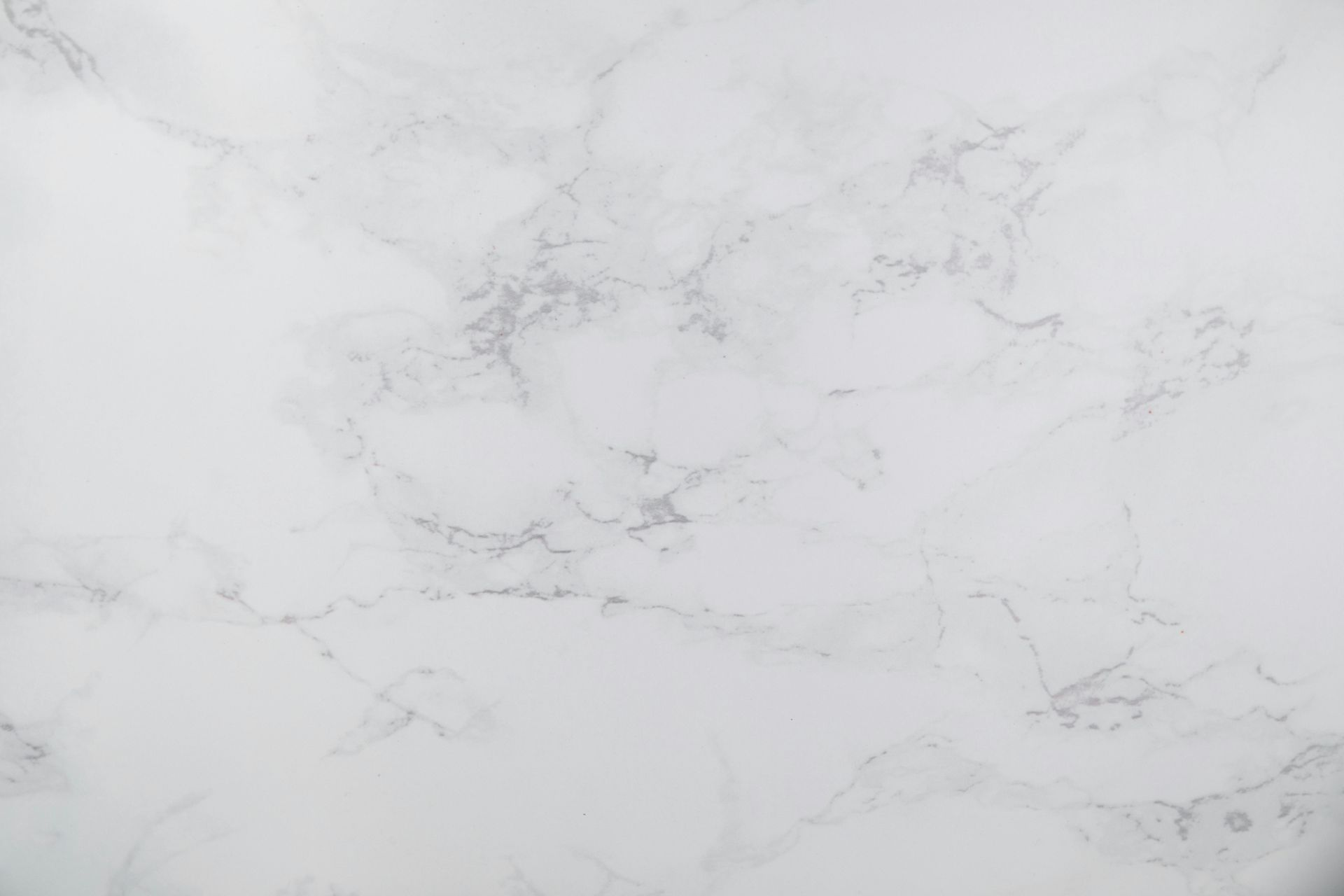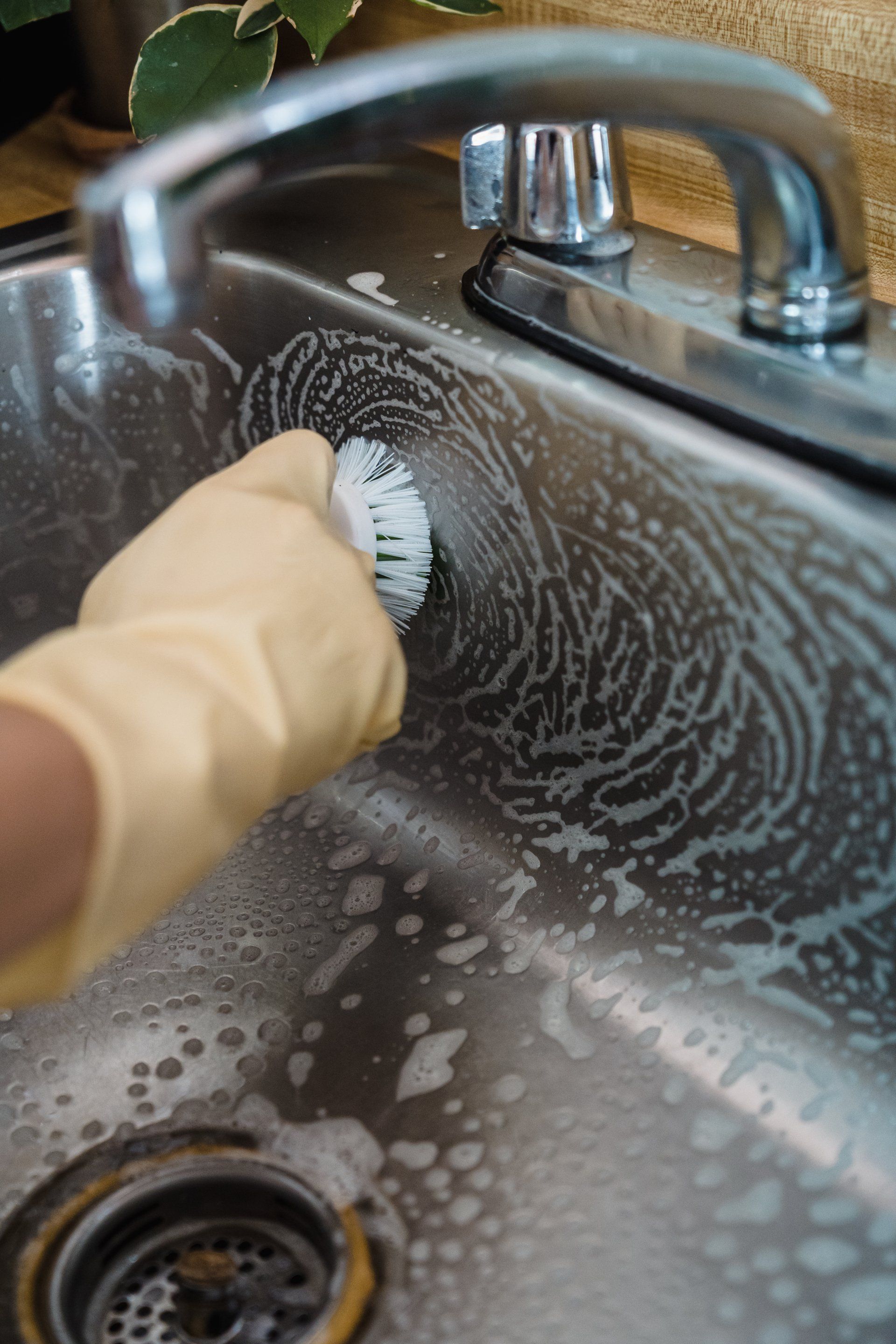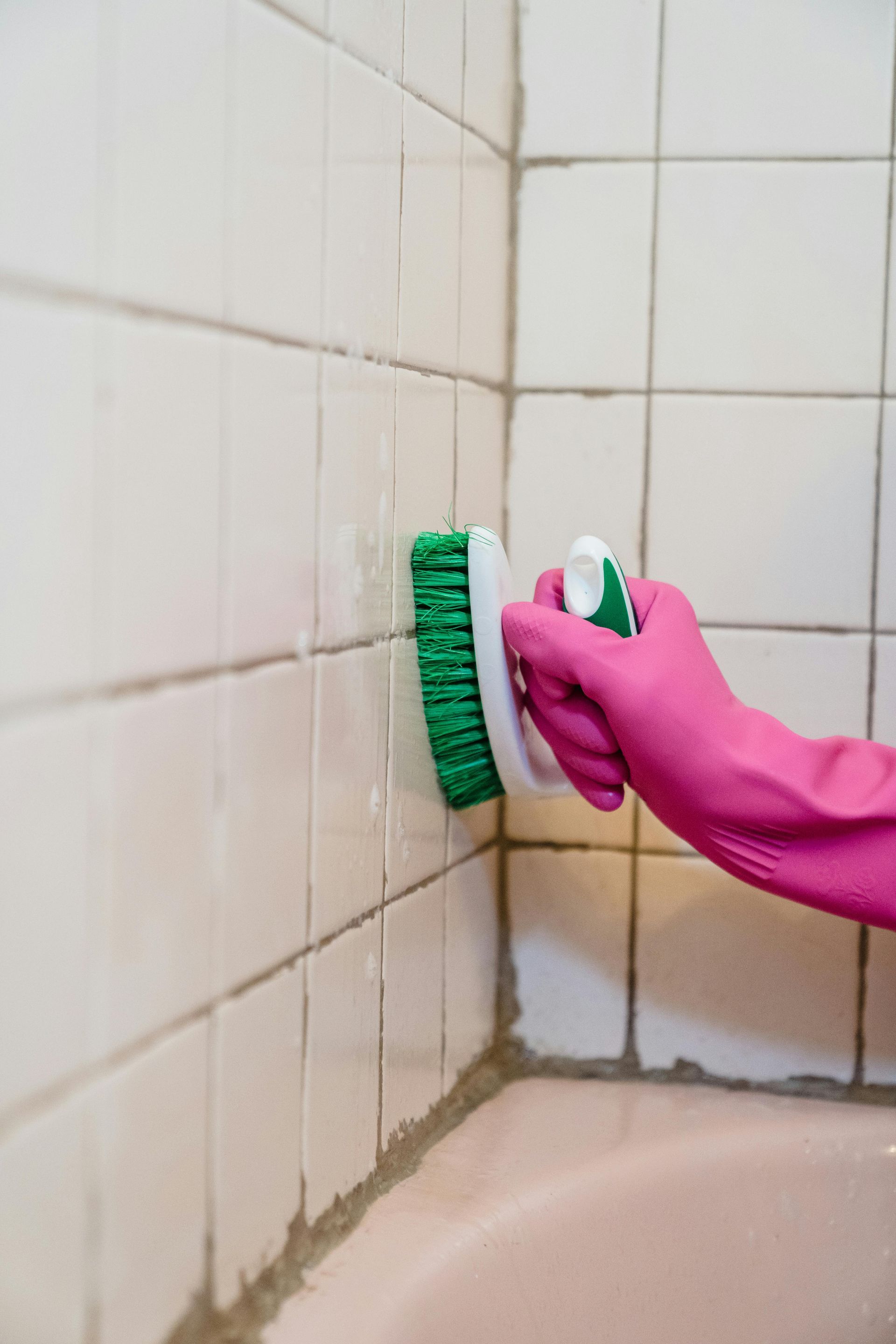Effective Solutions for Marble Stain Removal
Understanding the types of stains and effective removal techniques can make all the difference in maintaining your marble's beauty.

Marble surfaces can elevate the elegance of any space, but they are not immune to stains. Whether it's a wine spill, grease mark, or water spot, knowing how to tackle these issues will help keep your investments looking pristine.
At Famous Marble Restoration, we specialize in restoring marble to its original glory. Our expert team utilizes a range of professional techniques tailored to different stain types, ensuring effective and safe removal while preserving the integrity of your surfaces.
If you prefer a hands-on approach, we also provide guidance on DIY methods that can be effective for minor stains.
For those looking for the most reliable results, professional assistance is always available. Don’t let stains detract from your marble’s natural beauty—reach out to Famous Marble today for expert stain removal and maintenance services that will extend the life of your marble surfaces.
Key Takeaways
- Knowing the types of marble stains helps in choosing the right removal method.
- Professional services ensure thorough and safe restoration of your marble.
- Regular maintenance prevents future staining and keeps marble looking its best.
Understanding Marble Stains
Marble is a beautiful natural stone, but it is porous and susceptible to staining. Knowing how stains occur and the types of stains can help you take effective steps in cleaning your marble surfaces and preserving their elegance.
The Science of Marble Staining
Marble is composed of calcium carbonate, which reacts with various substances. When certain liquids or materials come into contact with the stone, the porous surface absorbs them, leading to discoloration.
Common culprits include acidic substances like lemon juice, vinegar, and soft drinks. These can etch the surface and create dull spots. Additionally, oils and pigments can penetrate the stone, resulting in stains that are more challenging to remove.
Recognizing that prevention plays a significant role is vital. Regular sealing and immediate cleanup of spills can help protect the surface from absorption and staining.
Types of Marble Stains
Understanding the different types of stains helps in selecting the right cleaning approach. Here are three primary categories:
- Organic Stains: Caused by substances like wine, coffee, or food spills. These stains are often easier to remove with mild cleaning solutions.
- Inorganic Stains: Result from materials like ink, paint, or rust. These typically require more specialized cleaning methods, including poultices made from baking soda or specialized stain removers.
- Water Stains: Often appear as rings or marks from glasses or wet items. They can usually be treated using regular cleaning and drying techniques, along with periodic sealing to prevent further absorption.
Understanding these types allows you to tailor your cleaning methods effectively.
DIY Marble Stain Removal
Taking action promptly on stains can prevent further damage to your marble surfaces. Here are some effective home remedies and essential precautions to consider for maintaining your marble's appearance.
Home Remedies for Immediate Action
For immediate stain removal, you can utilize common household items. Start with a baking soda paste: mix equal parts baking soda and water. Apply it directly to the stain, covering it well, and let it sit for a few hours before wiping it away. This method works well for oil-based stains like those from cooking.
Another effective solution is using hydrogen peroxide for stains caused by organic materials such as food or fruit. Soak a clean cloth in hydrogen peroxide and place it on the stain, securing it with plastic wrap. Leave it for 24 hours, then rinse and dry the area.
For ink stains, a mix of cornstarch and water can be beneficial. Apply the paste, let it dry, and then brush it off. This method reinforces the effectiveness of absorbing the stain without damaging the marble surface.
Precautions When Treating Marble
When tackling stains on your marble countertop, it's crucial to avoid harsh chemicals. Strong acids or abrasive cleaners can damage the marble's surface and lead to etching. Always test any cleaning solution in a small, inconspicuous area first.
Using soft cloths or sponges is essential to prevent scratches. Avoid scrubbing with abrasive materials; instead, blot the stain gently. For deeper stains, consider creating a poultice using baking soda and water, applied with a plastic wrap to keep it moist.
Additionally, be cautious with colored substances like red wine or dark sauces. Act swiftly to blot rather than wipe, which can spread the stain. By taking these precautions, you can maintain the integrity of your marble surfaces while effectively tackling stains.
Maintenance and Prevention
Proper maintenance is crucial for preserving the beauty of your marble surfaces. By implementing effective cleaning practices and preventative measures, you can keep your marble looking pristine and mitigate the risk of stains.
Daily Cleaning Tips
To maintain your marble, aim for daily cleaning using a soft microfiber cloth and a gentle pH-neutral cleaner. Avoid harsh chemicals that can erode the marble's surface.
- Wipe Spills Immediately: Quickly blot spills, especially acidic substances like lemon juice or vinegar, to prevent staining.
- Use a Soft Brush or Cloth: Dust and debris can scratch the surface over time. Regularly use a soft brush or cloth for light cleaning.
- Moisture Control: Ensure surfaces dry completely after cleaning to prevent water spots and promote longevity.
Consider creating a cleaning schedule to keep your marble in top condition. Regular maintenance simplifies deep cleaning and stain removal.
Preventing Future Stains
Preventing future stains involves a combination of careful usage and effective sealing.
- Seal Your Marble: Periodic sealing creates a protective layer against stains. A professional service, like Famous Marble, can help determine the right sealing frequency.
- Use Coasters and Mats: Place coasters under drinks and mats in high-traffic areas to avoid accidental spills or scratches.
- Be Mindful of Cleaning Products: Avoid using vinegar, bleach, or ammonia-based cleaners on marble surfaces as they can cause discoloration and damage.
By following these preventive measures, you can ensure your marble remains beautiful for years to come.
Contact Famous Marble for Professional Restoration
If you are dealing with stains on your marble surfaces, contacting Famous Marble is a smart choice. Our team specializes in marble stain treatment, ensuring that your stones are restored to their original beauty.
Removing grease stains from marble can be challenging. It requires the right techniques and products to avoid further damage. We use state-of-the-art methods tailored to your specific needs.
Why Choose Us?
- Experienced Professionals: Our skilled team knows how to handle various types of stains effectively.
- Customized Solutions: Each stain is unique, and we provide solutions that cater to your specific situation.
- Satisfaction Guarantee: We stand by our work and aim to exceed your expectations.
Don’t let stains compromise the elegance of your marble. Get in touch with Famous Marble Restoration today to schedule your consultation and ensure your marble surfaces shine like new.
You might also like

Contact Us
We will get back to you as soon as possible.
Please try again later.
Location
Call
All Rights Reserved | Company Name | Powered by Snapps


